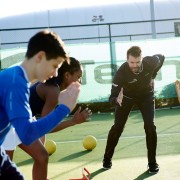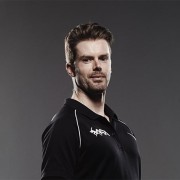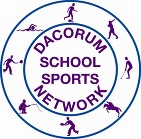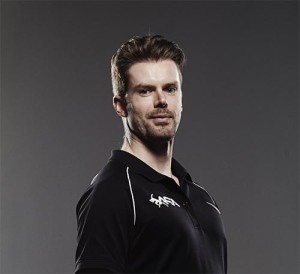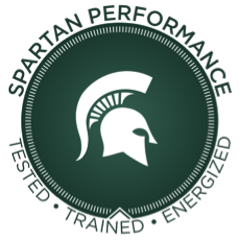I’m been on the road for several weeks. Started at Excel Centre, London, then University of Hertfordshire, then Oakham School, Rutland, then University of Bath and I’ll be finishing my conference trip at the UKSCA Conference next month.
Travel and networking isn’t for everyone, but I personally love the adventure of being at the ‘tip of the spear.’ I love listening to people speak at events, make new friends and catch up with old ones and most importantly bring back some tips we can put into the programme at APA and share with you reading the blog!
In this blog I’ll go over the first three conferences I went to. I’ll follow up with my visit to Bath next time!
What I learnt:
Elite Sports Performance Expo 10-11 June 2015
This was the inaugural 2-day exposition, see the website Elite Sports Performance Expo. For me the exhibitors stands were the most enjoyable part. I find it hard to focus on the seminars and live demos when there are 1,500 people walking through the area- but that’s just me. I’ll be looking to work with some sports drink companies over the coming months so hopefully APA will be able to offer you some great deals with our partners.
It was good fun getting a sweat test with Precision Hydration- I learnt I have a high sweat rate and need a higher concentration of electrolytes in my drink than most standard electrolytes.
Enjoyed getting an intrinsic biomechanics assessment with Biomechanics Education. I learnt I have a functional leg length difference causing the foot of my shorter leg to flatten.
Herts Sports Partnership- discussing coaching delivery in Hertfordshire
HSP invited a number of active coaches in the region to a discussion of new developments to enhance coaching delivery in the region.
This half-day conference wasn’t directly related to APA’s core business- working with athletes who want us to help them with their physical preparation for sport. It focused more on projects to increase participation in sports clubs, as well as ideas on how to help multi-sports companies get into schools.
But I did learn that only 3% of sports coaches are Full-time according to the 2011 SportscoachUK survey. In that study they found that the majority of coaching takes place at a sport club or as part of extra curricular school activity (outside PE)……..but interestingly, the recent Active People survey by Sport England shows that the majority of sports participation is not taking place within clubs. So there is a lot of sport taking place without coaching!
Oakham School: S&C in Schools Conference

Glad to have been able to get to the very first one organised by Joel Tratt, Head of S&C at Oakham School.
There was a really nice blend of presentations from both Joel and his Director of Sport, Iain Simpson, as well as two practitioners in the sports of Cricket and Rugby, by Daz Veness and Kev Mannion, respectively.
Below is a selection of some of the key slides that grabbed my attention and a little about what was said about them.
#Increase an athlete’s ability to apply force
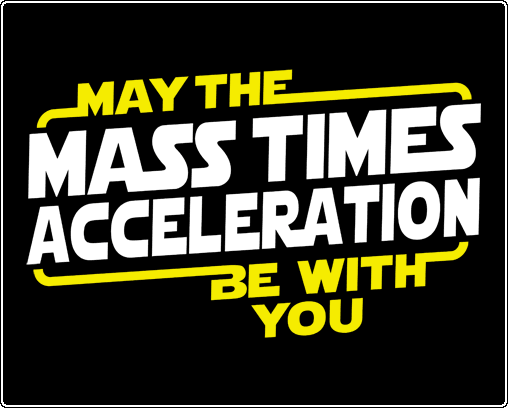
Only the other day did I retweet a quote my former colleague Julie Gooderick wrote, ”All sports require force expression, therefore all sports and ages will benefit from appropriate strength training.” It’s incredible the number of coaches, parents and even athletes who fail to understand the basic Newton’s Law of equal and opposite reactions.
A lot of coaches relate getting strong to getting bulky and slow. What they want is to get their athletes fast and explosive right? Well, assuming we put together a well designed strength programme that won’t get you bigger or more bulky, then if your mass stays the same and you get stronger, you get better at accelerating!!!!
#Athlete Development Journey
The Progressions that the athletes go through at Oakham exactly parallels the 6 Stages of Development we take our athletes through at APA. We represent the journey with a 3 level pyramid but it’s the same progression.
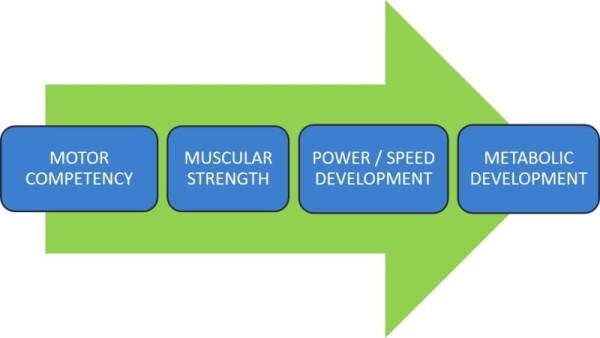
Daz Vennes showed a similar slide to highlight the exact motor competency journey at Somerset CCC

The 5 levels refer to his progression of bodyweight movement skills which increase in difficulty starting with your basic squat/lunge/hinge/press up/inverted rows/plank movements. These movement skills then progress through five levels until at level 5 we are looking at unilateral strength qualities, olympic lifting progressions etc. These movement skills are are a constant part of the programme right from Under 11’s all the way to the pros- it’s just the complexity that is added to keep the movements challenging as they progress through the ranks.
In terms of the muscular strength journey referred to above Daz goes on to explain exactly how he would progress beyond bodyweight skills for his 16 years and above Academy athletes whom he starts to introduce load to.
Level 1:
- Achieving BW loads in max effort drills determines progression to Level 2. Sets of 10, then 6-8 once BW load is achieved
Level 2:
- Achieving 1.5BW determines progression to Level 3. Sets of 6-8 then Sets of 3-5 once 1.5BW is achieved.
Level 3:
- Similar strength load goals but Olympic lifting becomes a fully fledged session
Level 4:
- Achieving 2.0BW determines progression to Level 5
#Oakham School S&C Philosophy
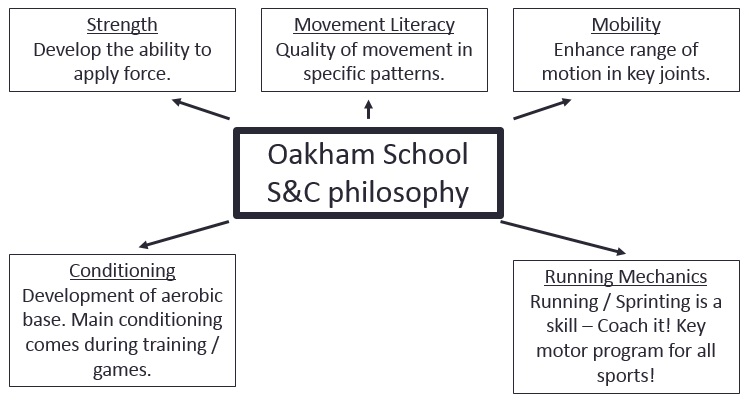
Again exactly mirrors the APA Philosophy except we simply refer to the 5 S (Suppleness, Skill, Strength, Speed, Stamina)
#Simple philosophy- strength foundation not sport specific training

This kind of work lays a foundation for potential specialised programmes down the line. It’s another big myth in the sports performance community- that an exercise ALWAYS has to look like the sport action to transfer.
The final goal of competition exercises in Olympic sports ”Citius, Altius, Fortius‟ – ”Faster, Higher, Stronger‟) may almost always be related to the capacity to express power produced by the speed of movements and by the force of overcoming external resistance.
Consequently, the training process, focused on improving the sports result, could be defined as the process of increasing the power output of competition exercise.
I have read a lot of the western interpretations of the Soviet training programmes. Sometimes the work of coaches like Anatoliy Bondarchuk and Yuri Verkhoshansky get misapplied to developmental level athletes. These coaches were delivering specific strength training programmes known as ‘special strength training’ to elite level Olympic track & field runners and throwers.
For me the essence of all sports skills lies in the movement of the human body….and the efficient movement of the human body at that. All sport skills are just a combination of different basic motor tasks known as motor patterns put together to complete a sports skill.
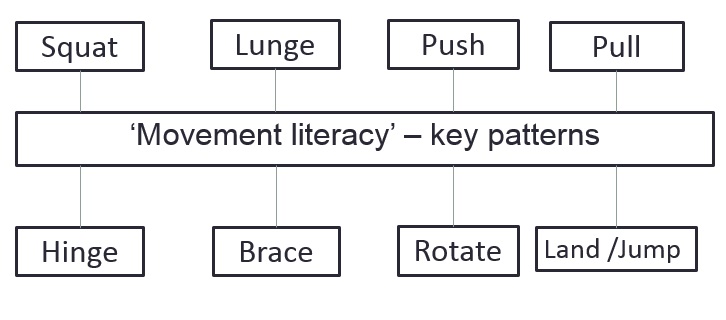
A generally dysfunctional body/motor pattern will translate into a sport specific dysfunctional pattern.
I totally get that from both a biomechanics and biokinetics stand point we want to ensure that the forces we train in the gym are applied to a movement pattern that will translate to improved sports performance. Exercises can be chosen on the base of the Dynamic correspondence Principle and should get more specific when looking to develop power in later phases of training. But if the athlete has not yet acquired the ability to perform the patterns of movement that are the basis of all sports movements then we are missing the point. Get the basics right first. Understand where your athlete is on their journey and don’t be in a rush to work on the specifics if the foundations aren’t in place.
#Leicester Tigers RFU Academy
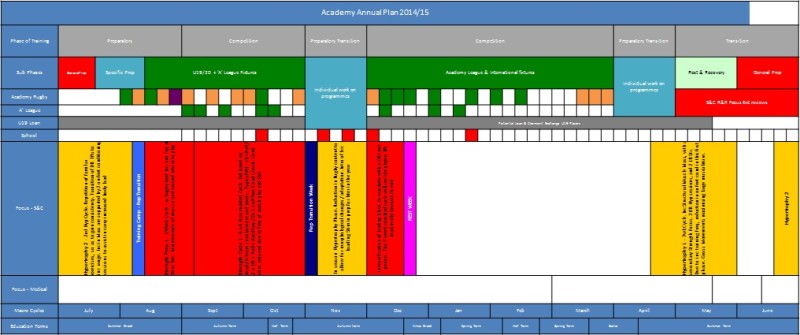
Competition:
The green phases are competition phases. Leicester Tigers Academy run a split playing phase over 30 weeks. In competition phases rugby is a priority. As you can see they don’t play every week, there may be up to 9 weeks when there is no match. It just means there will be more exposures to rugby practice and less to S&C. Maybe 4-5 Rugby and 3-4 S&C.
Training:
At the end of the playing season (around Apr/May) the players will do a Hypertrophy block 1 (in Orange) doing 5 days a week weights to get some functional mass gains. Then they get some rest for a few weeks before returning for another Hypertrophy block 2 (but with a slightly reduced frequency of lifts-down to 4 with 2 on the feet conditioning sessions to get used to running around with more mass.)
Once competition gets going they will replace higher volume hypertrophy blocks with lower volume high intensity maximal strength blocks. They will then revisit hypertrophy for a few weeks before another maximal strength block as the next competition blocks gets going.
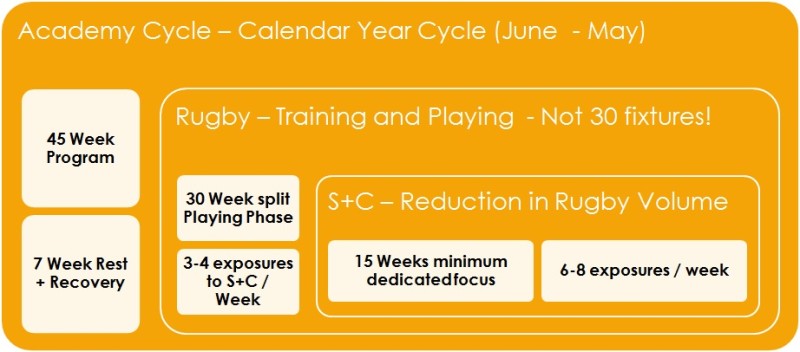
Compare this to a typical Independent schools competition and training calendar which starts in September off the back of a summer break. Is 17-19 school and Academy fixtures in each term with minimal preparation and a 10 week holiday ideal?? Er…….No. It puts massive emphasis on the student to follow a hypertrophy/strength programme while they are away from school- and this is less than ideal.
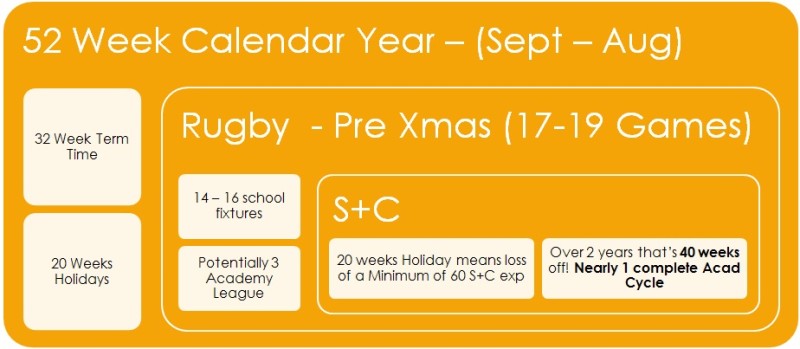
However, could make an argument that school athlete’s over-play and under-train, and maybe vice versa in an Academy?
14-16 years old squads:
”Our focus was to introduce systems and processes with our 14-16 age groups that would allow us to have better co-ordinated, more athletic entrants to the full time Academy system.” Kevin Mannion.
Integrated S&C into the Rugby session
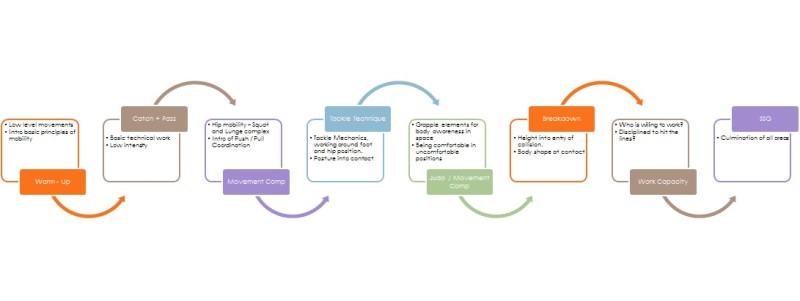
This allowed the coaches to get 50% of the session focused on S&C meaning that even if the younger athletes were only getting to train with Leicester for one training session per week they ensured that they still got some quality exposure to S&C by implementing movement skill stations between the sport skills stations.
I hoped you found this blog interesting and will challenge your thinking the next time you are about to observe performance in one of your athletes!
Remember:
- If you’re not subscribed yet, click here to get free email updates, so we can stay in touch.
- Share this post using the buttons on the top and bottom of the post. As one of this blog’s first readers, I’m not just hoping you’ll tell your friends about it. I’m counting on it.
- Leave a comment, telling me where you’re struggling and how I can help



